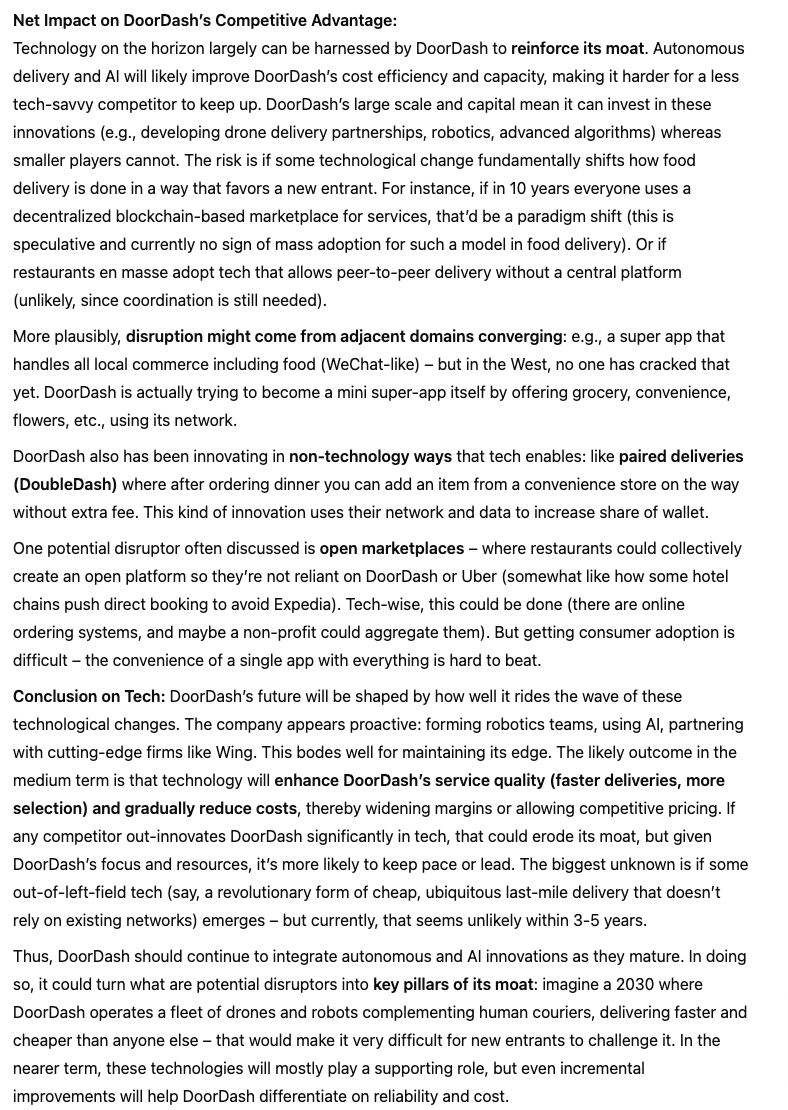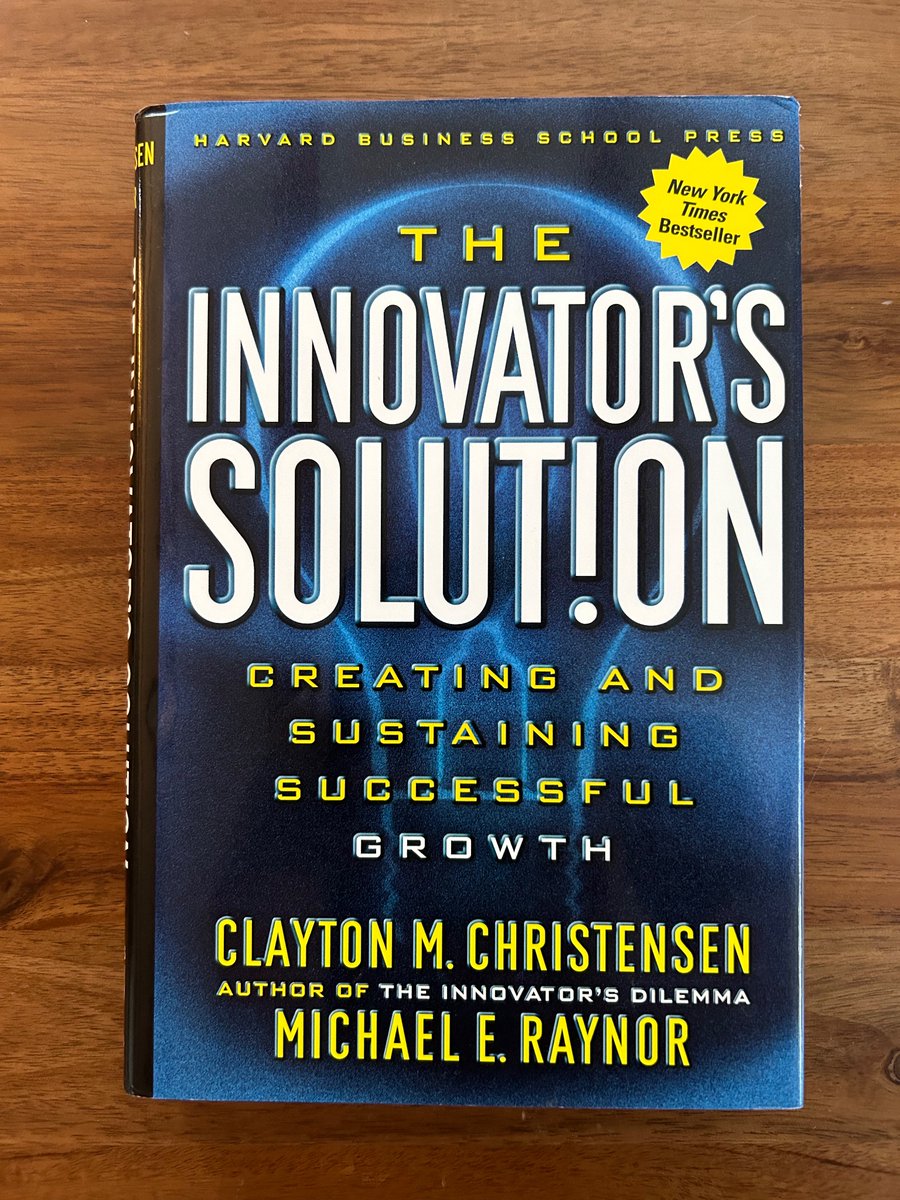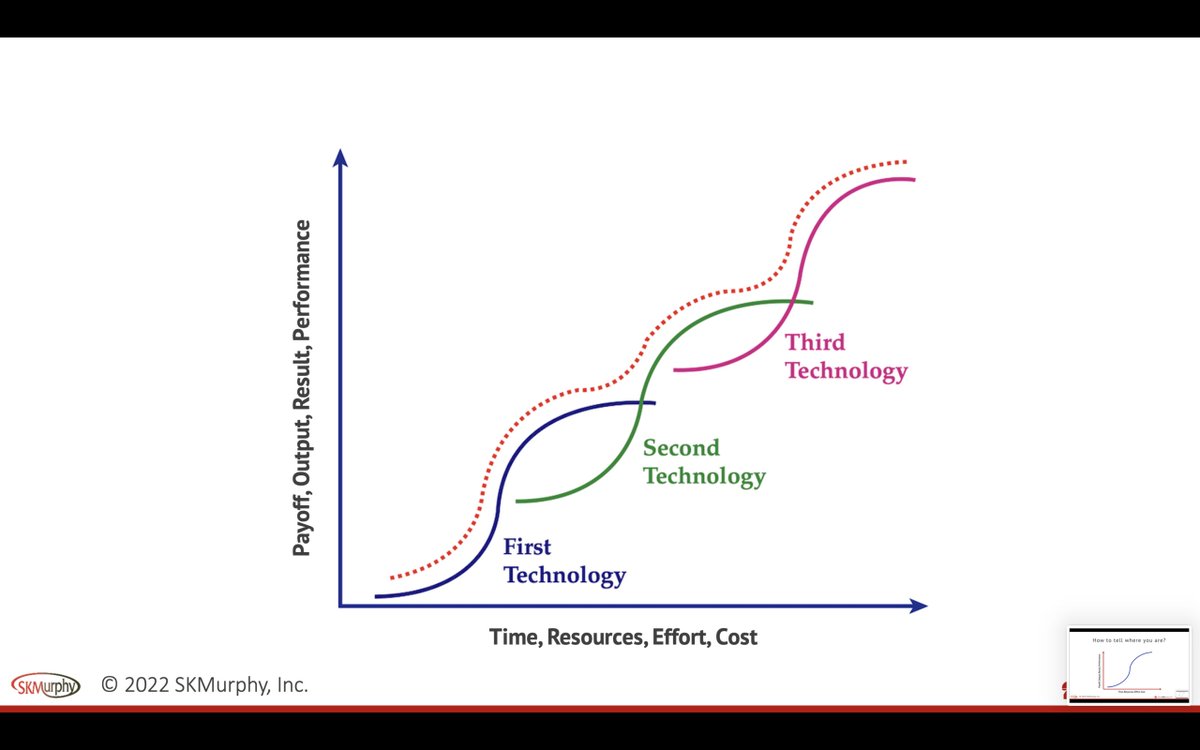
How to get URL link on X (Twitter) App



https://twitter.com/FracSlap/status/1798137169258721508In normal times, growth businesses are deliberate about expansion. They spend up to a decade building a strong core product w/ sticky user base and go-to-market muscles like sales and customer success







 There so much mythology around “hitting the lottery” with an IPO. But employees want a risk-free call option - they don’t like it when the option goes to zero.
There so much mythology around “hitting the lottery” with an IPO. But employees want a risk-free call option - they don’t like it when the option goes to zero. 

 If you want to grow your career, learn to sell AND execute:
If you want to grow your career, learn to sell AND execute: 
